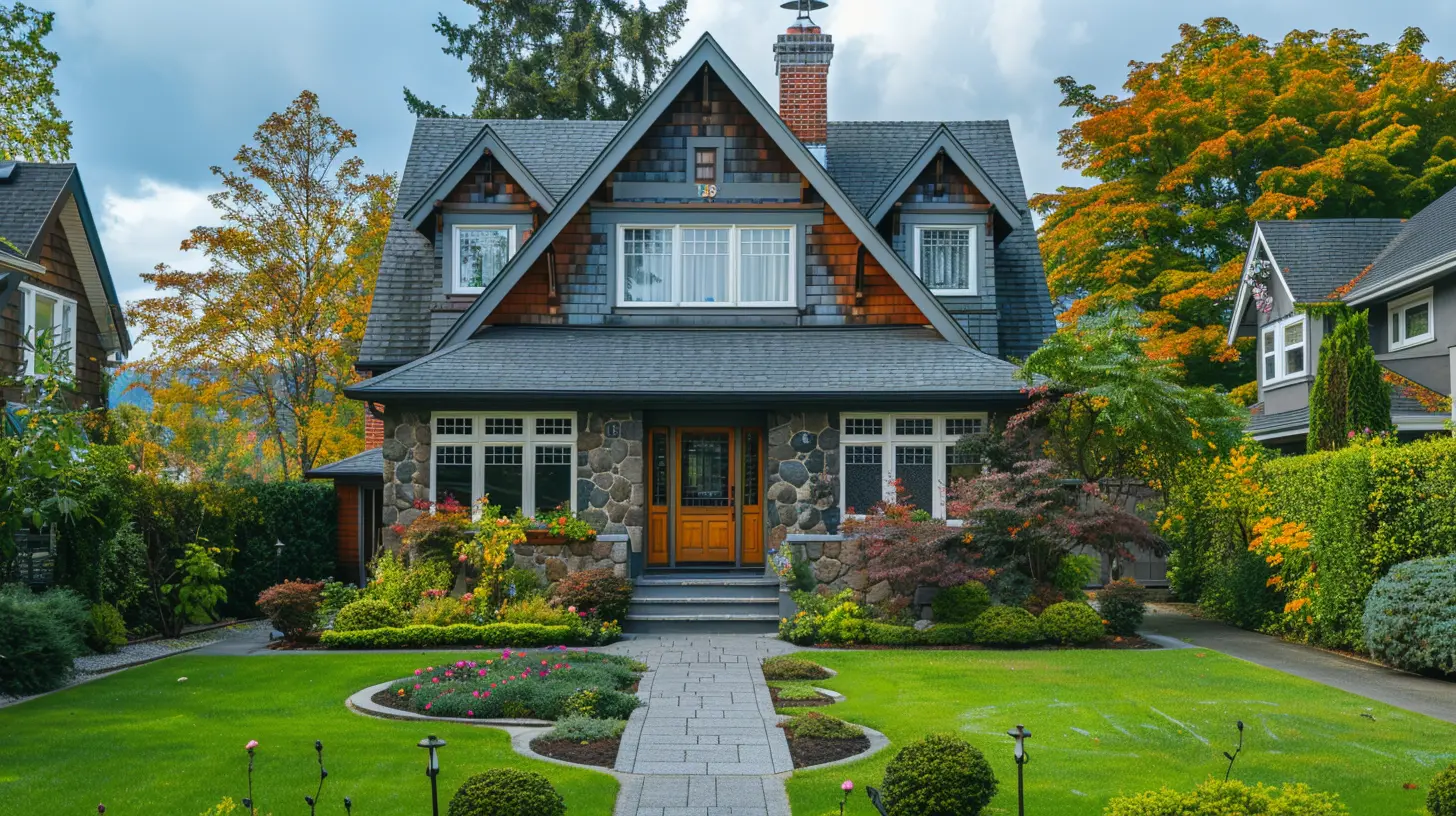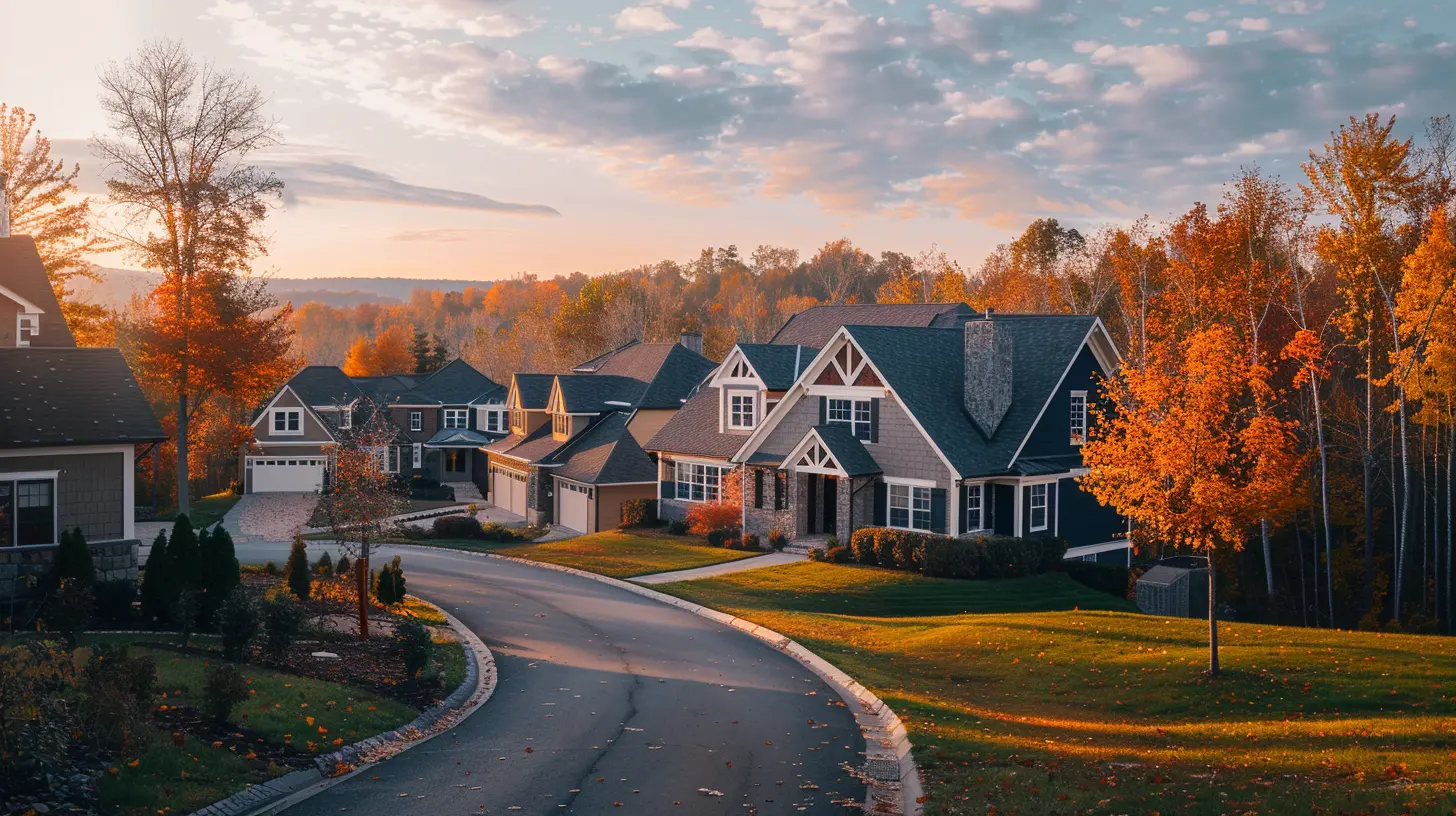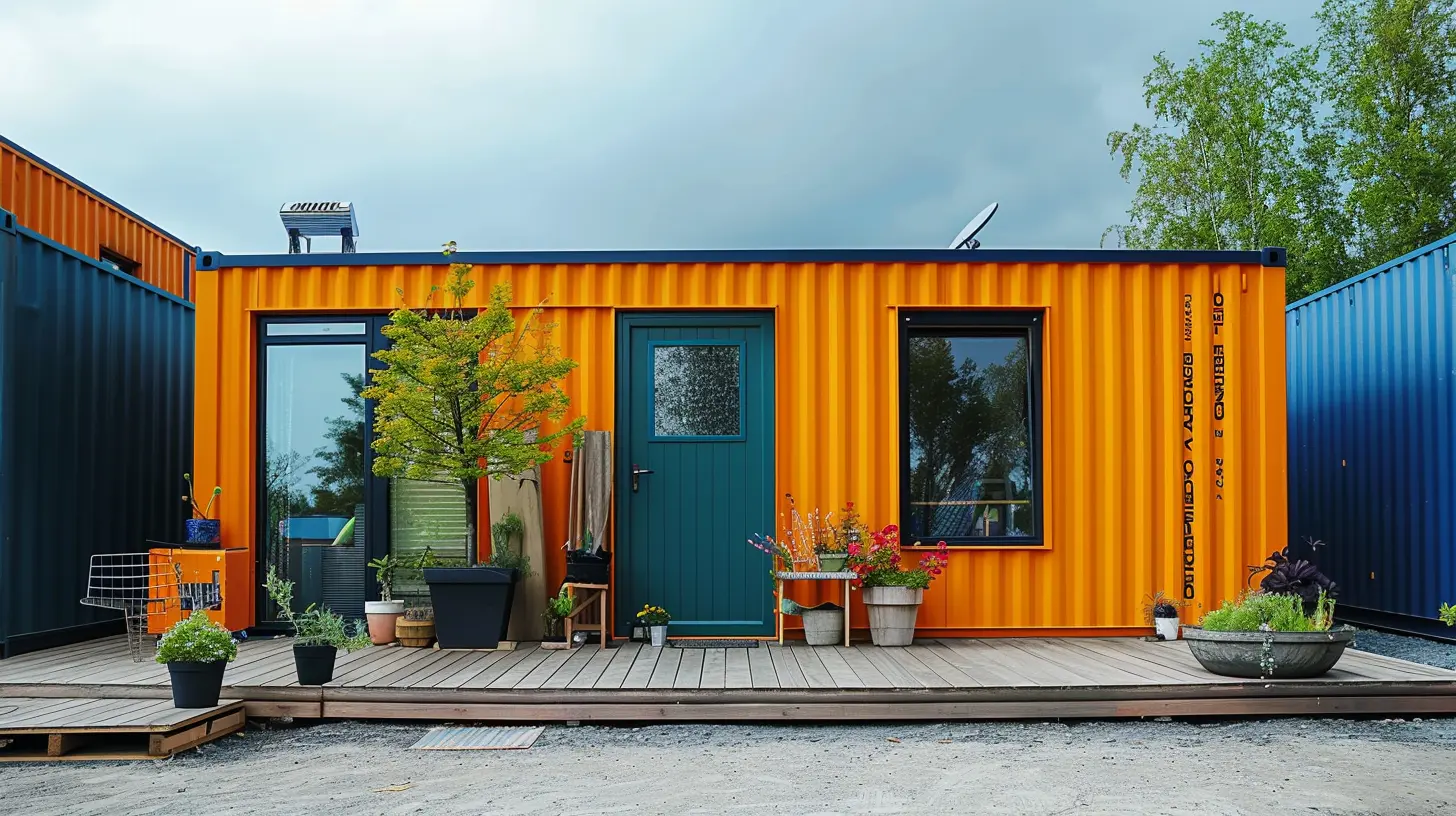Why Millennials and Gen Z Are Opting for Smaller Homes
30 September 2025
Introduction
Have you ever noticed how younger generations aren't chasing the "go big or go home" dream when it comes to real estate? Unlike their parents and grandparents, Millennials and Gen Z are ditching the oversized suburban mansions in favor of cozier, smaller homes.
But why? What's driving this shift away from the traditional idea of the American dream? Let’s dive into the reasons behind this trend and see why compact living is gaining popularity among younger homebuyers.

Financial Practicality: Saving More, Stressing Less
Rising Cost of Homeownership
Let's face it—buying a home isn’t as affordable as it used to be. Skyrocketing real estate prices, higher interest rates, and inflation have made it more difficult for younger generations to afford spacious properties. Rather than draining their savings or taking on massive mortgages, many Millennials and Gen Zers are choosing smaller, budget-friendly homes to keep their financial futures secure.Lower Maintenance and Utility Costs
A smaller home isn’t just cheaper to buy—it’s also more affordable to maintain. With fewer rooms, there’s less cleaning, lower energy bills, and fewer unexpected surprises (like a leaking roof or broken HVAC system).Think about it this way: would you rather spend your weekends fixing and cleaning a huge house or enjoy your free time doing what you love? Smaller homes mean more money in the bank and less stress on your shoulders.

Changing Lifestyles: Less Stuff, More Experiences
The Minimalist Mindset
Millennials and Gen Z are embracing minimalism like never before. These generations prioritize experiences over possessions, opting for a "less is more" lifestyle.Gone are the days of cluttered basements and overflowing closets. Instead, younger buyers are looking for functional living spaces that meet their needs without unnecessary excess. The goal? A simpler life with fewer material burdens.
Remote Work and Digital Nomadism
With remote work becoming the norm, many younger professionals don’t feel tied to one place. Instead of investing in a big, permanent home, they prefer flexible, low-maintenance spaces that allow them to work from anywhere.Smaller homes are easier to rent out, sell, or even turn into vacation spots when job opportunities or travel call. Why be stuck with a giant mortgage when you can have the freedom to explore new places?

Environmental Consciousness: A Greener Way to Live
Reducing Carbon Footprint
Millennials and Gen Z are deeply concerned about climate change, and their home-buying choices reflect that. Large homes require more energy to heat, cool, and maintain—leading to a bigger carbon footprint.By opting for smaller homes, younger buyers are reducing their energy consumption, minimizing waste, and making a positive impact on the planet. It’s a win-win for both their wallets and the environment.
Sustainable Building Trends
Another factor driving the shift? Eco-friendly home designs. Sustainable materials, energy-efficient appliances, and smart home technology make small living spaces even more appealing.Builders are catching on, offering modern small homes designed with sustainability in mind. From solar panels to rainwater collection systems, green living is no longer just a trend—it’s a lifestyle choice.

Urban Living: Convenience Over Square Footage
Proximity to Work and Amenities
Younger buyers are choosing location over size. Why? Because living closer to work, restaurants, and entertainment options is more valuable than having a couple of extra bedrooms they rarely use.Urban centers offer convenience, public transportation, and vibrant social scenes that appeal to Millennials and Gen Z. A smaller home in a prime location means less time commuting and more time enjoying life.
Walkability and Public Transit Access
Many Millennials and Gen Zers prefer to live in walkable neighborhoods with excellent public transit options. They don’t want to rely on cars as much as previous generations did.Smaller homes in well-planned urban areas make it easier to ditch the car, reduce transportation costs, and live a more active lifestyle.
The Rise of Tiny Homes and Alternative Housing
Tiny Homes and Micro Apartments
The tiny home movement is booming, and younger generations are leading the charge. These compact homes offer everything needed for comfortable living without unnecessary excess.Micro-apartments and ADUs (Accessory Dwelling Units) are also growing in popularity, providing affordable and efficient housing solutions. With smart layouts and multi-functional furniture, even the smallest spaces can feel like home sweet home.
Co-Living and Shared Housing
Another trend? Co-living spaces. With housing costs climbing, Millennials and Gen Z are getting creative—opting for shared spaces that offer both affordability and a built-in social community.Co-living arrangements provide private bedrooms with shared common areas, cutting costs while fostering connections with like-minded individuals. It’s a fresh take on communal living that blends affordability with social interaction.
Emotional and Psychological Benefits of Smaller Homes
Less Stress, More Freedom
Smaller homes mean fewer responsibilities, reduced financial strain, and more time for personal growth and relaxation.With reduced clutter and maintenance, homeowners can focus on hiking, traveling, starting side hustles, or simply unwinding without stressing over house-related chores.
Stronger Relationships
Believe it or not, smaller homes can actually strengthen relationships. With less space to retreat to, families and couples spend more quality time together—leading to better communication and stronger bonds.It forces people to be intentional about their living space and encourages meaningful interactions rather than physical distance within a home.
Conclusion
Millennials and Gen Z are rewriting the rules of homeownership. Rather than chasing oversized homes with hefty price tags, they’re prioritizing financial freedom, sustainability, and flexibility.Smaller homes offer affordability, convenience, and a lifestyle that aligns with modern values. Whether it’s through urban living, minimalism, or eco-friendly design, younger generations are proving that bigger isn’t always better.
So, if you're thinking about buying a home, maybe it’s time to ask yourself—do you really need all that extra space?
all images in this post were generated using AI tools
Category:
Real Estate TrendsAuthor:

Cynthia Wilkins
Discussion
rate this article
1 comments
Hattie Ellison
This article effectively highlights the growing trend of Millennials and Gen Z choosing smaller homes, emphasizing sustainability, affordability, and a desire for experiences over material possessions. A compelling read!
September 30, 2025 at 4:34 AM

Cynthia Wilkins
Thank you for your thoughtful feedback! I'm glad you found the article compelling and relevant to current trends.


